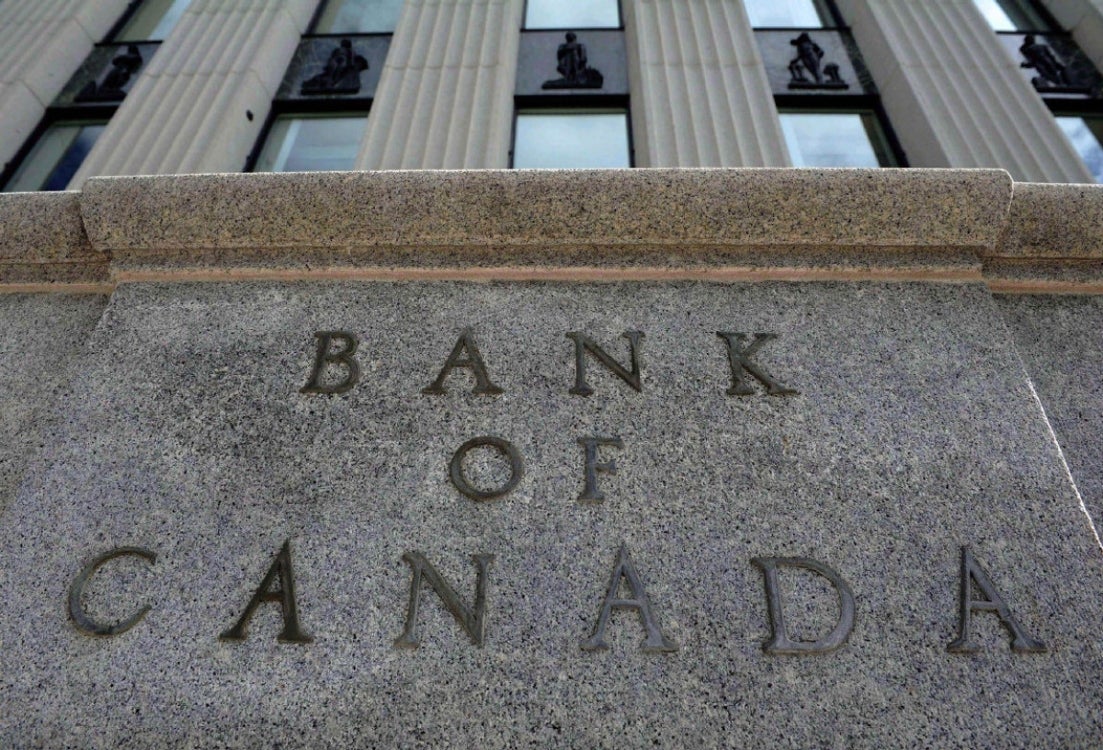
The Bank of Canada governor is not alone in warning that weak economic growth and low interest rates have been with us for far longer than anticipated, and that trend is unlikely to change any time soon.
It’s not just a domestic concern either, Stephen Poloz said Tuesday, but a global one that requires a lot of economic repairs across borders.
But in an address in Quebec City, aptly titled “Living with Lower for Longer,” the governor offered that it doesn’t need to stay that way.
“Increasing potential output growth by even a few tenths of a percentage point would make an important difference to all these issue,” Poloz told a business audience.
“Raising potential output would boost the real neutral rate of interest and long-term interest rates, and it would increase returns on investments for savers and companies alike,” he said. “So, if there are policies that would boost potential output — the sum of labour force growth and productivity growth — then we need to pursue them.”

The governor insisted there are ways to turn the current “lower-for-longer” tide around.
For one, the Group of 20 industrial nations — which includes Canada — have been pursuing structural reforms as a “third leg of the policy stool” that is supported by monetary and fiscal policies.
The Bank of Canada has nearly exhausted options in its monetary tool kit.
Poloz and his governing counsel reduced their key interest rate to 0.5 per cent in July 2015, following a similar 25-basis-point cut in January of that year in response to the oil-price collapse. They have since resisted going any lower, choosing to see the effectiveness of the federal government’s initial stimulus spending program, focused mainly on infrastructure projects with promises of more money to come over the next 10 years.
Another option to boost the economy is “identify and remove impediments to business growth,” Poloz said in his speech.
“For example, new and young firms are often the ones that can do the most to improve an economy’s productivity, create new jobs and raise potential output.”
The governor also stressed the “need to make sure that our tax and immigration policies, as well as our ability to finance growth of young firms, are as enabling as they can be, so we can nurture those firms and see them flourish right here.”
While infrastructure projects can “spur growth in the short-term by boosting demand . . . more importantly, infrastructure projects can support long-term growth by raising an economy’s potential output.”

At the same time, Poloz stressed in his speech the need for greater trade liberalization, both in Canada and elsewhere, “since the world seems to be entering a phase of doubt about the benefits of international trade.” This has thrown agreements such as the Trans-Pacific Partnership and Canada’s deal with the European Union into question.
Canada is not without criticism when it comes to free trade, as provinces have squabbled over cross-border rules on the movement of goods and service since Confederation. “There are many indications that interprovincial trade barriers are holding back growth of individual companies and the economy as a whole,” Poloz said.
The Canadian economy has performed inconsistently this year, despite signs of improving growth in the United States — our largest export market. Wildfires in Alberta contributed to a contraction in the second quarter, as the overall economy was still hurting from the collapse of oil prices.
Growth is expected to turn stronger in the third quarter, however, as well as marginal growth in the final three months of 2016.
“We’ve been waiting for the fiscal effects to come. As well, the cheques for the child benefits went out in July . . . and the infrastructure spending program is just beginning,” Poloz told reporters after his speech. “So, that money is beginning to flow.”
*Credit gisfeld@nationalpost.com